Hackney Marshes photographer celebrates the beauty of London’s untamed wilderness
Photographer Freya Najade takes us on an exploration through the uncontainable wilderness of the Hackney Marshes, documenting the curious standoff between nature and the urban noise of the surrounding streets of London
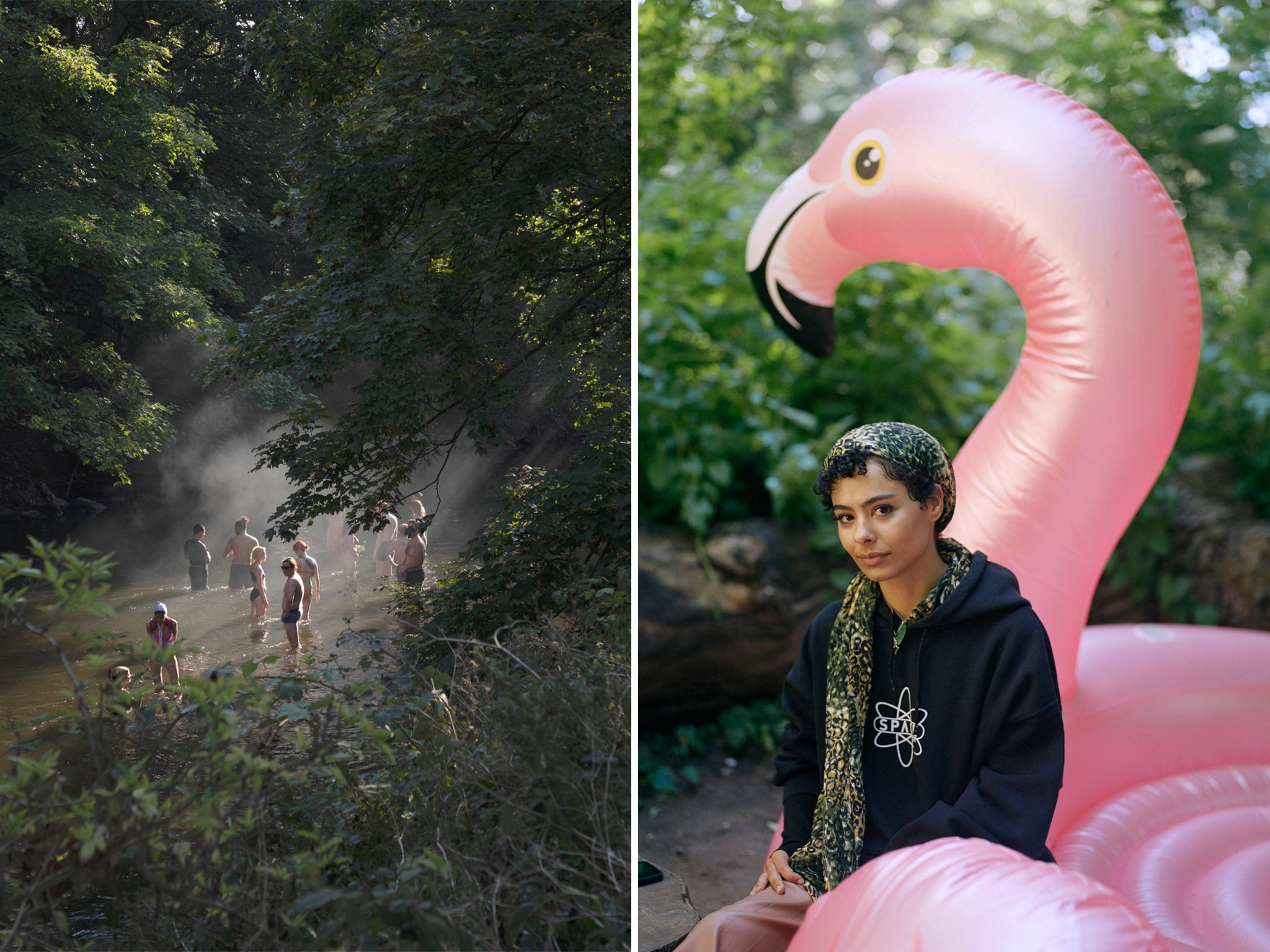
If you were exploring the Hackney Marshes on a warm day, you might find a pretty swimming area – dubbed by locals the “Hackney Riviera”. Here young people often lounge in the sunshine or swim in the tree canopy-covered River Lea. For these reasons, it’s a favourite location for Instagrammers.
But this idyllic scene is only moments away from the loud traffic and bustle of east London. For many, it’s the perfect escape in an otherwise confined city environment.
Since moving to London, German photographer Freya Najade has been fascinated by the Hackney Marshes, returning at different seasons throughout the years to explore this wild utopia bordering an urban sprawl.
Speaking to The Independent, Najade says she was intent on exploring the division between inner city life and the glorious explosion of natural wilderness in her new photography book The Hackney Marshes.
Many of Najade’s photographs were taken during the first lockdown of the pandemic, when Londoners had very little to do and went to the area to find a break from their normal routine.
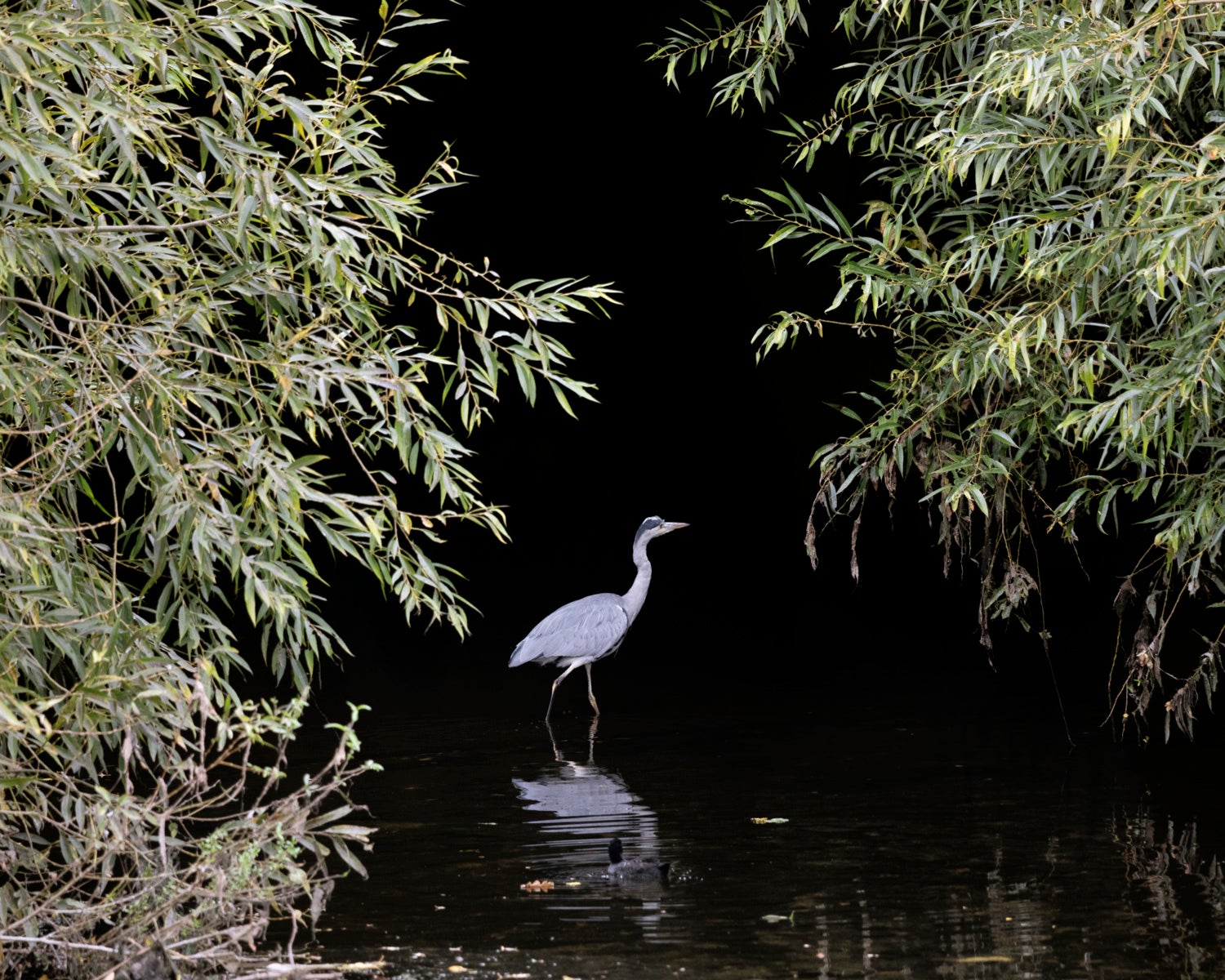

“The marshes have this very pristine beautiful nature. You have these traces of humans which come from being in an urban environment. You have this super green, almost oasis, in the middle of this metropolis.
“When you are there, you sometimes feel like you are at the edge of the city. Then you look at your map and you realise you’re still in central London.”
Despite being enclosed by the city, Najade says she was initially amazed when she first arrived in London at how empty the marshes were and that nobody really went there.
“During lockdown, that changed completely,” she explains. “In one way it was nice to see this amazing place being appreciated, but obviously at times it was quite intense. It was especially noticeable along the Hackney Rivera. It was sometimes so packed with people going to swim there.”

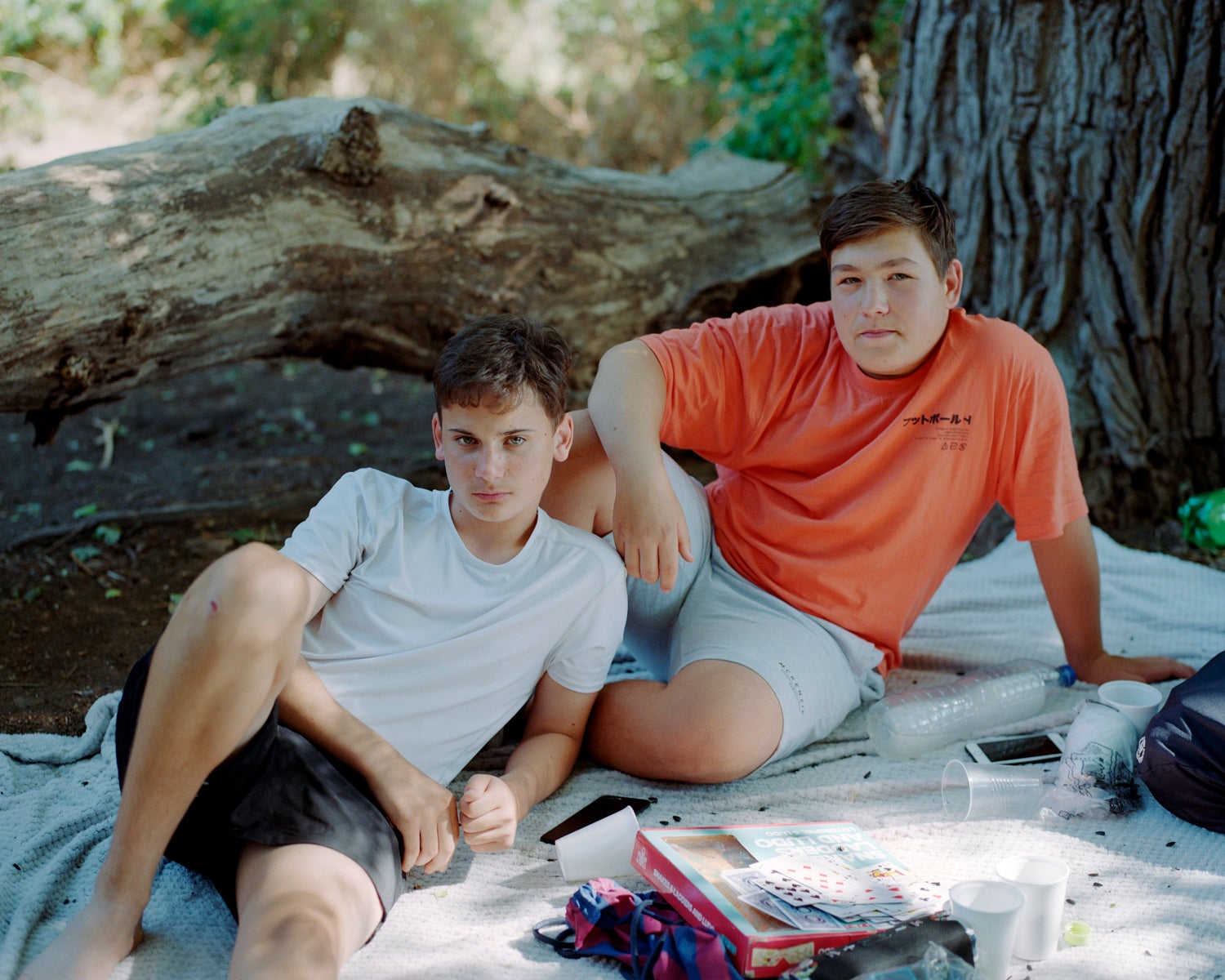
The pandemic noticeably altered people’s desire to get out into nature, and the area became a massively popular location to escape the confinement of city life. Young people especially packed the banks of the river on warm days, with many keen to get a swimming snap for their social media accounts.
“Officially people are not supposed to swim because the river is so polluted,” Najade tells me. “But a lot changed during the pandemic, especially with young people going there to find refuge away from their families.”
Hackney Council officially warned people last year not to swim in the River Lea because of unclean water and damage to local wildlife. The council posted on Twitter: “The Lea is among the most polluted rivers in London. Swimming there risks infection and diarrhoea, with BBQs and litter causing damage to wildlife, including kingfisher and owl nests.”

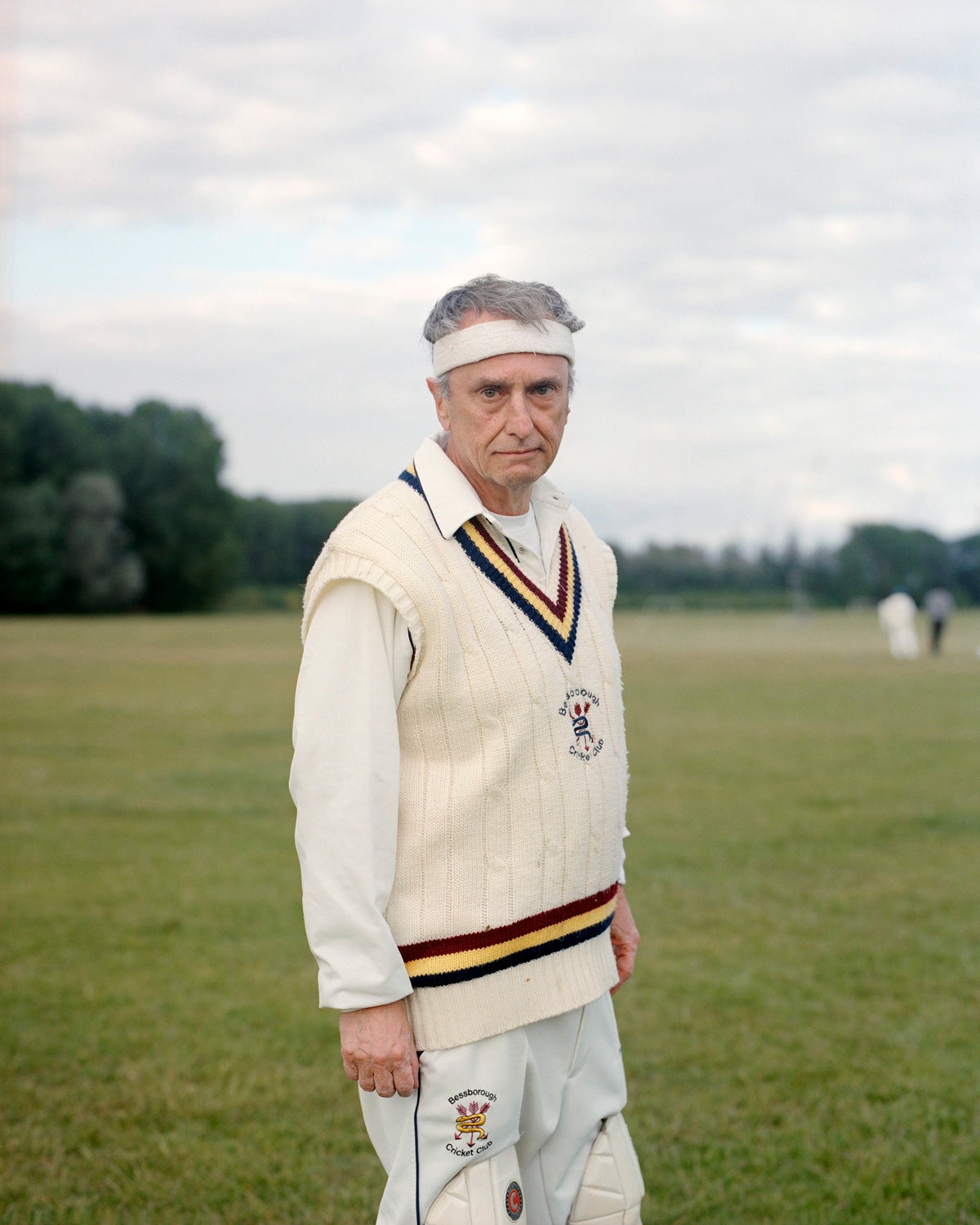
Despite the warnings, it’s a place locals continue to return to for an escape from everyday life. Najade’s photography captures this rebellious, rule-breaking and uncontainable chaos reflected in both the people and the landscape.
“Because it’s so vast, there’s almost this anarchistic feeling there. People do all sorts of things and there’s this sense of freedom.”
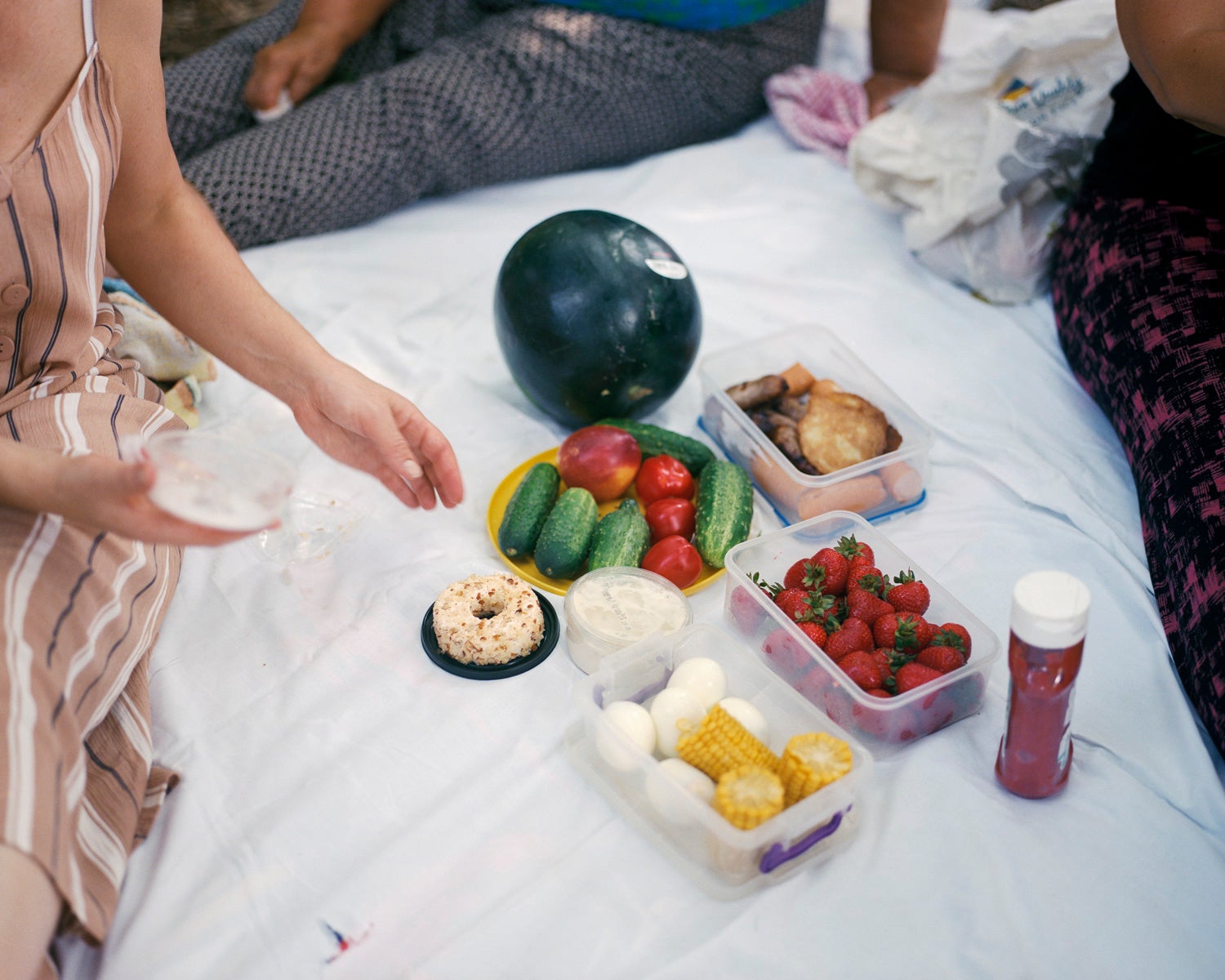
Although a celebration of the Hackney Marshes which Najade loves so much, there is also a profound sense of melancholy in her work, which presents a battleground between a beautiful landscape and the industrial encroachment of modern human activity.
“It was important to me that it wasn’t just a photo book documenting the beauty of the area,” Najade says. “It would be easy to document the beautiful flowers, meadows and river, and it is part of the book, but there are also moments where you see the marshes under dark clouds. It’s not just a super idyllic place.”
Najade’s photographs remind us of the hidden poetry in the city’s landscapes while also mourning the damage we do to them.
Click here to see more of Freya Najade’s work or order a copy of her new book, ‘The Hackney Marshes’ published by Hoxton Mini Press
Subscribe to Independent Premium to bookmark this article
Want to bookmark your favourite articles and stories to read or reference later? Start your Independent Premium subscription today.

Join our commenting forum
Join thought-provoking conversations, follow other Independent readers and see their replies
Comments